Both Ukraine and Russia blame each other. Russia says Ukraine destroyed the dam to cut off water supplies to Crimea and divert attention from the “stagnant” counter-offensive.
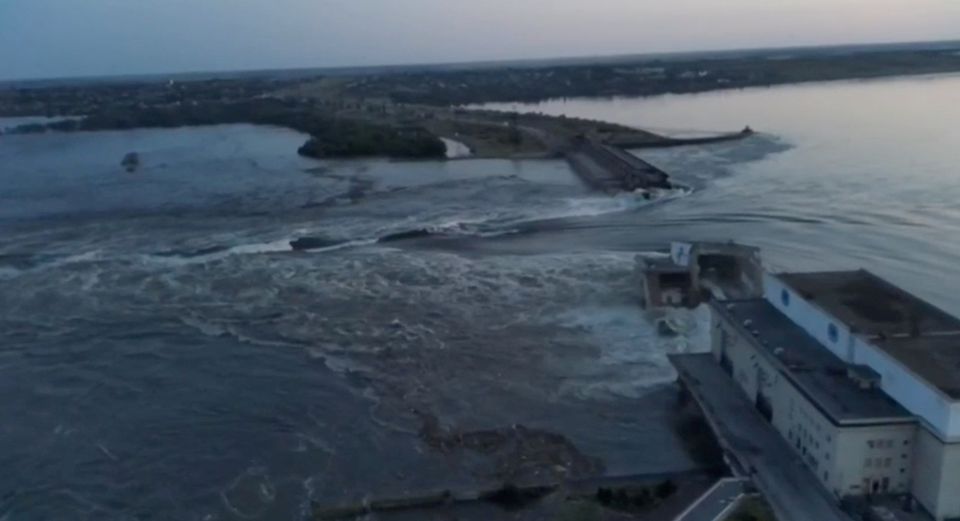
Image of the broken Nova Kakhovka dam. Photo: Reuters
Where is the dam and why is it important?
The dam is located in the city of Nova Kakhovka in the Kherson region, which is currently under Russian control. Part of the Kakhovka hydroelectric power plant, the dam is 30 metres high and 3.2 kilometres long. Construction began under Soviet leader Josef Stalin and was completed under Nikita Khrushchev.
The dam spans the Dnipro River, forming the front line between Russian and Ukrainian forces in southern Ukraine during the conflict between the two countries. The incident has forced about 37,000 people to flee their homes.
The dam helps provide electricity, irrigation and drinking water to a large swath of southern Ukraine, including the Crimean peninsula, which Russia annexed in 2014.
Ukraine’s agricultural heartland is the world’s top producer of grain and sunflower oil and helps ensure the region’s food security. Global wheat and corn prices rose on Tuesday on concerns about possible disruptions to production.
The Dnipro River water is also used for cooling at the Zaporizhzhia nuclear power plant. A dam breach could dry up water sources upstream, where the Zaporizhzhia plant is located.
Who controls the dam?
Russia has controlled the dam since the early days of the war. Before the collapse, hydroelectric power production was at its lowest level in months. Experts say the fighting has prevented maintenance work on the dam.
The location of the Kakhovka Dam on the Dnipro River, one of the front lines in the Russia-Ukraine conflict. Graphic photo: Reuters
Earlier this year, water levels in the reservoir were so low that many feared a nuclear accident at the Zaporizhzhia nuclear power plant. According to data from Theia, a French geospatial analytics provider, water levels have been steadily rising since mid-February.
The Ukrainian company that manages the dam and power plant estimates it will take about four days for the reservoir to reach equilibrium and stop releasing water.
Why did the dam break?
Ukraine, the first country to comment, said Russia was responsible: Ukrainian President Volodymyr Zelenskyy accused Russian forces of blowing up the Kakhovka Hydroelectric Power Plant from the inside and said Russia was responsible for the "terrorist attack".
A Ukrainian military spokesman said Russia's aim was to prevent Ukrainian troops from crossing the Dnipro River to attack Russian occupation forces.
In contrast, Kremlin spokesman Peskov responded: “We can clearly state that we are talking about deliberate sabotage by the Ukrainian side.”
Vladimir Rogov, a Russian official assigned to Zaporizhzhia, said the dam collapsed due to previous damage and water pressure. Russia's state news agency TASS reported a similar story.
Impact on the region
As floodwaters rose, both Russian and Ukrainian authorities ordered evacuations in at least 80 at-risk towns and villages on both sides of the river, although neither side reported any deaths.
Officials said about 22,000 people live in areas at risk of flooding in the Russian-controlled area, while 16,000 live in the Ukrainian-controlled area.
UN Secretary-General Antonio Guterres said at least 16,000 people had been left homeless and the UN humanitarian aid coordinator said efforts were underway to provide water, money and legal and moral support to those affected.
Ukraine's Energy Ministry said there was a risk of flooding at power facilities in the Kherson region. Nearly 12,000 people in the city of Kherson were without power and water supplies were also at risk.
At the Zaporizhzhia nuclear plant, Europe's largest, the operator and the UN atomic energy agency said there was no immediate risk to the plant.
Experts have warned of the potential for an environmental disaster for wildlife and ecosystems in Ukraine and surrounding regions.
The biggest impact of the dam failure could occur upstream, said Mark Mulligan, professor of physical and environmental geography at King's College London and co-leader of Global Dam Watch, a project that monitors dams and reservoirs.
“This giant reservoir will dry up and shallow waters upstream will dry up, causing significant ecological damage to aquatic vegetation and wildlife that have relied on the water for the past seven decades,” he said.
He said the large amount of freshwater flowing into the Black Sea could also damage fisheries and the wider ecosystem in the sea.
Impact on the war
Ukrainian officials said Russia destroyed the dam to prevent Ukraine from launching a counterattack in the area, while Russian officials claimed that Ukraine destroyed the dam to prevent a potential Russian attack from the west.
The dam acts as a bridge, allowing vehicles to pass through. The dam failure caused the water to rise, making it more difficult to cross the river by other means.
Crossing the river has always been considered a difficult task for the Ukrainian army, with most observers believing that Kiev would launch a counterattack elsewhere.
Hoang Viet
Source


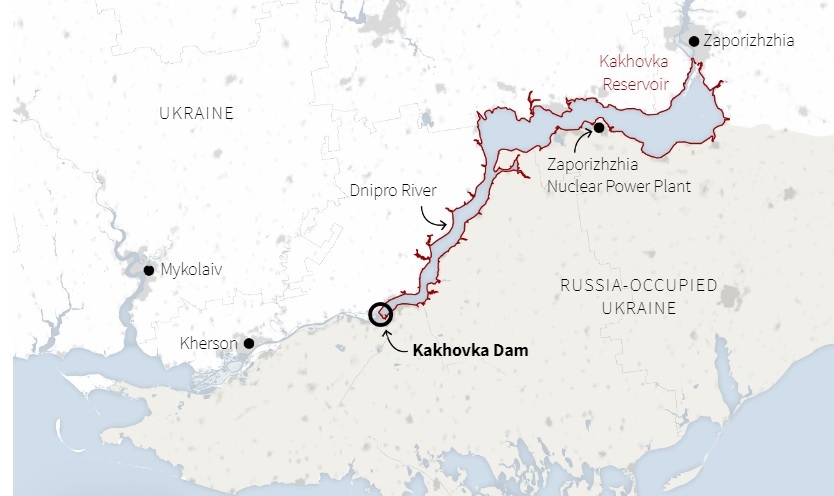
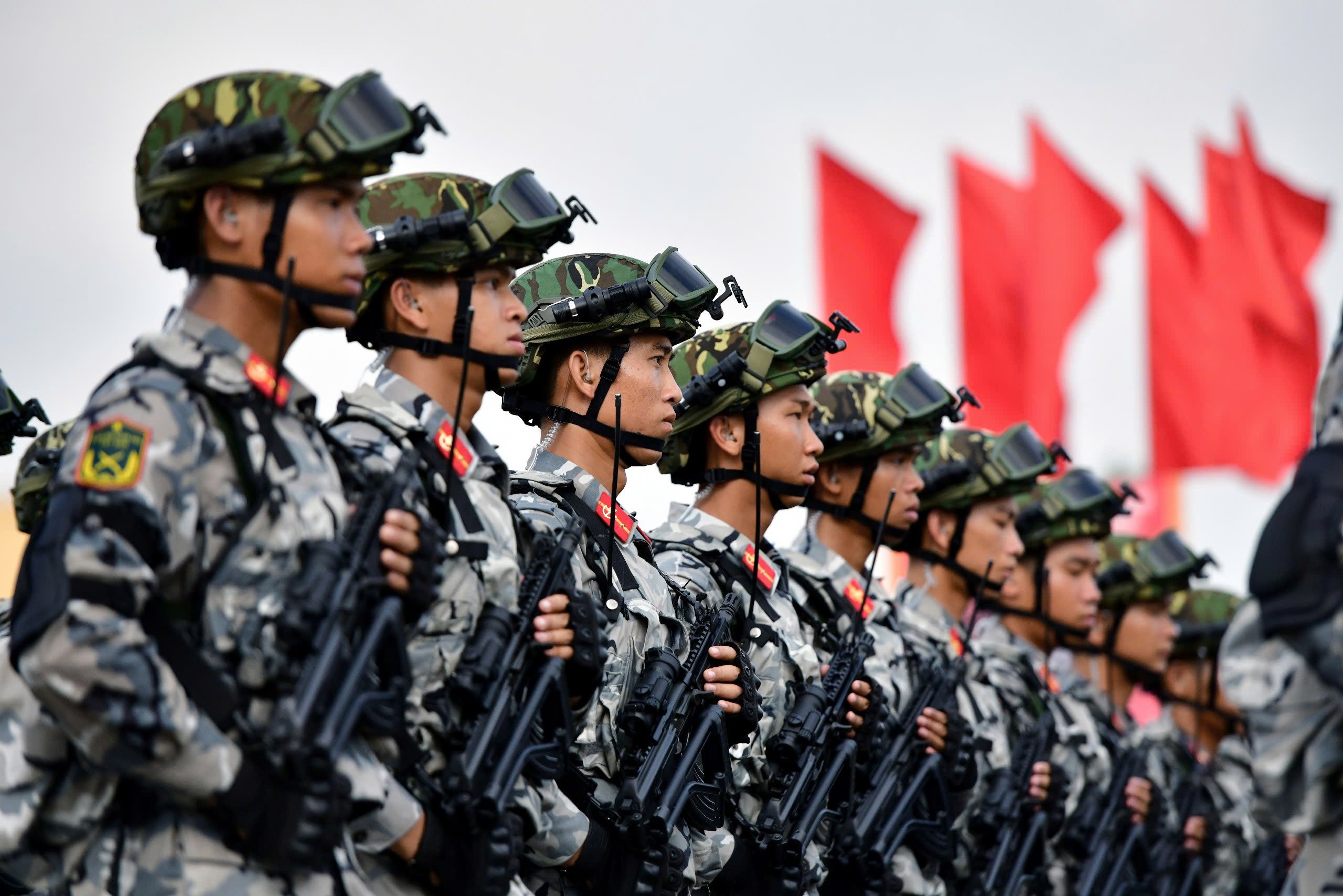
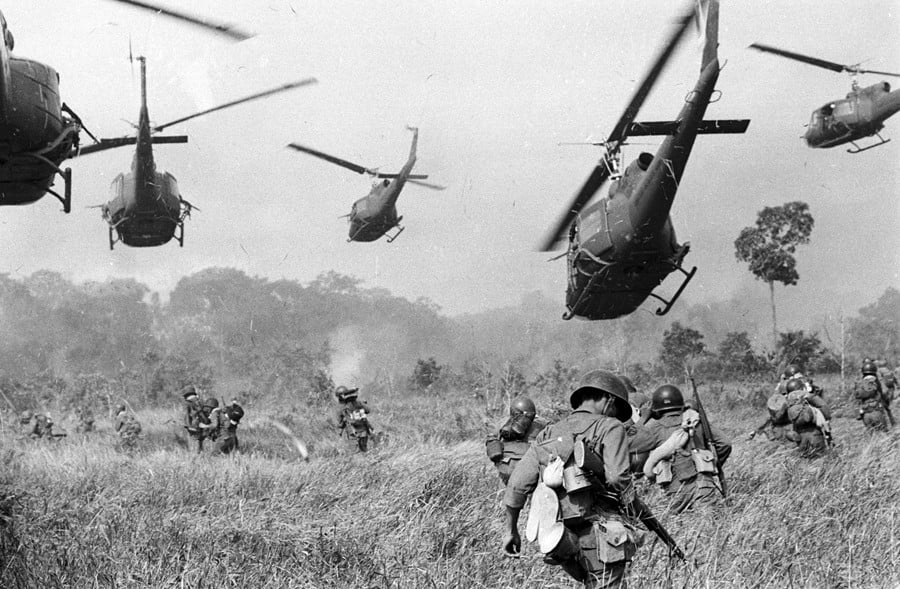
![[Photo] The two Prime Ministers witnessed the signing ceremony of cooperation documents between Vietnam and Ethiopia.](https://vstatic.vietnam.vn/vietnam/resource/IMAGE/2025/4/15/16e350289aec4a6ea74b93ee396ada21)

![[Photo] Prime Minister Pham Minh Chinh holds talks with Ethiopian Prime Minister Abiy Ahmed Ali](https://vstatic.vietnam.vn/vietnam/resource/IMAGE/2025/4/15/4f7ba52301694c32aac39eab11cf70a4)

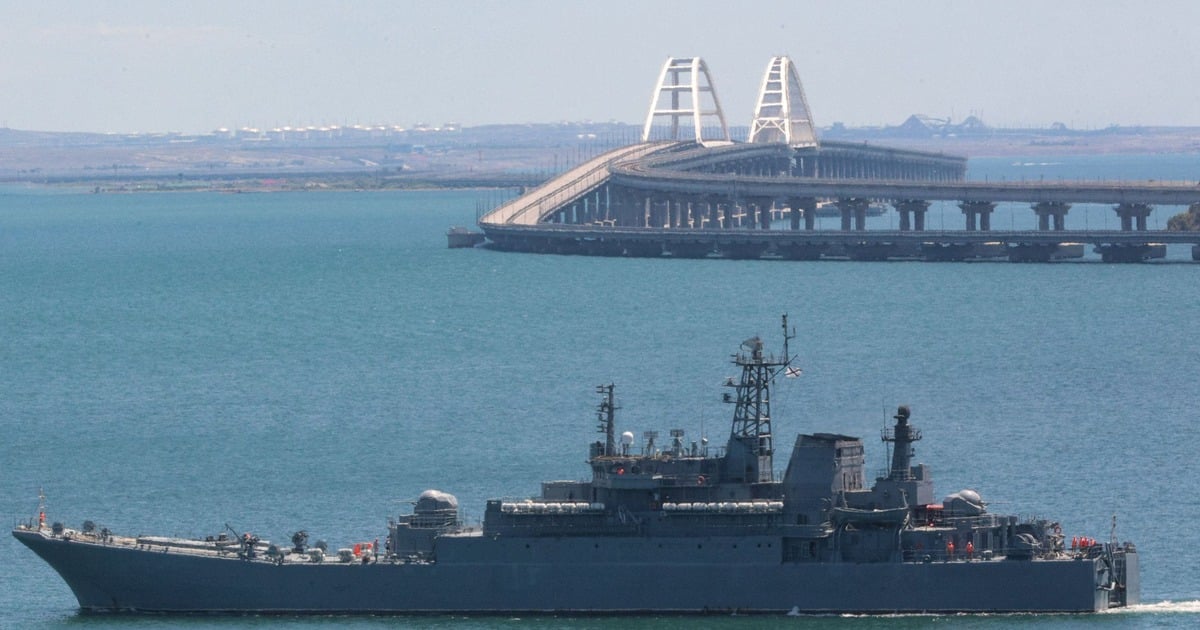

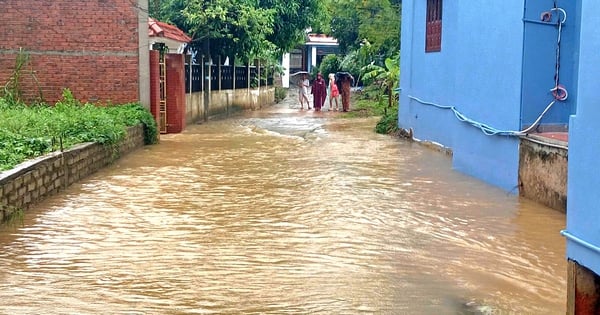

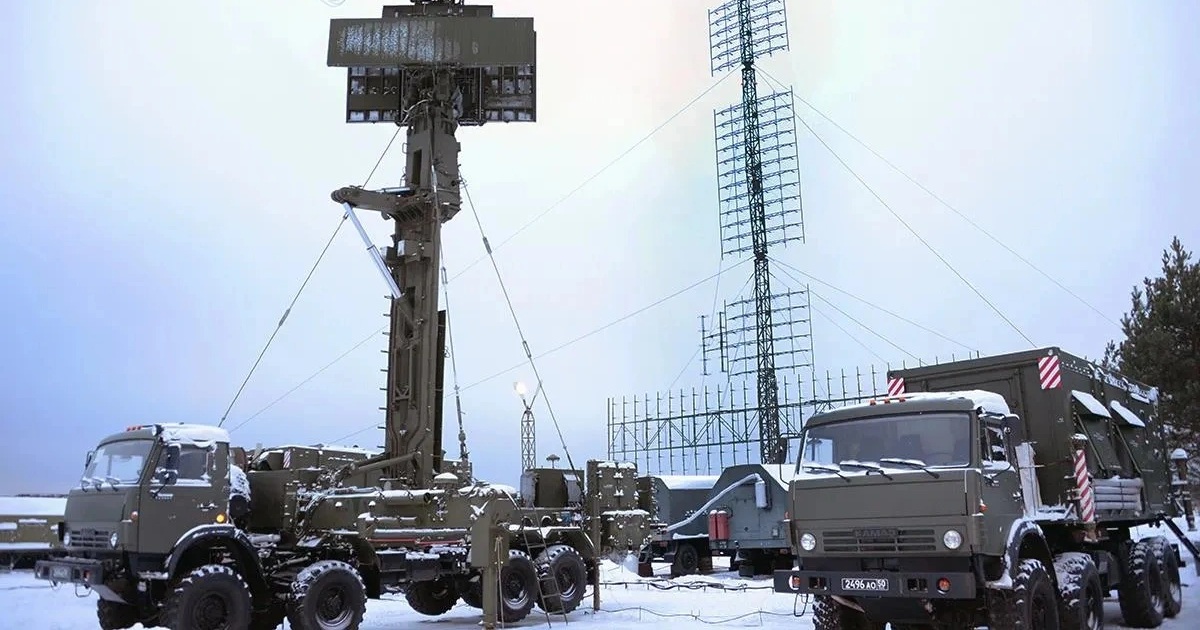

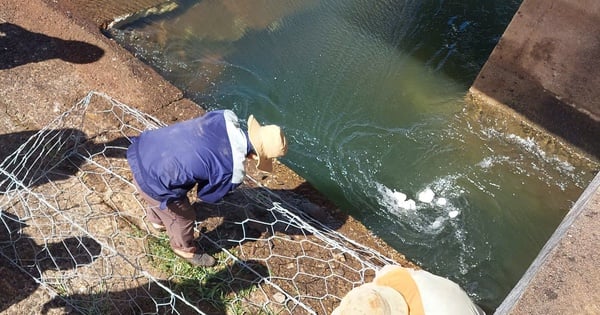
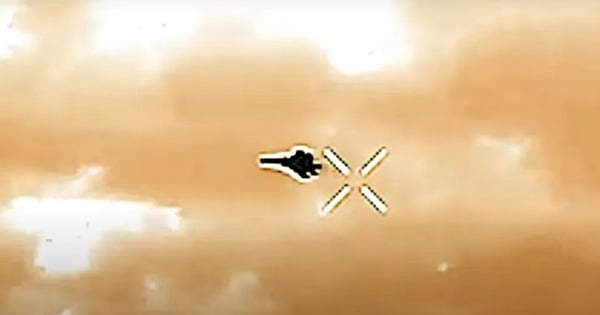
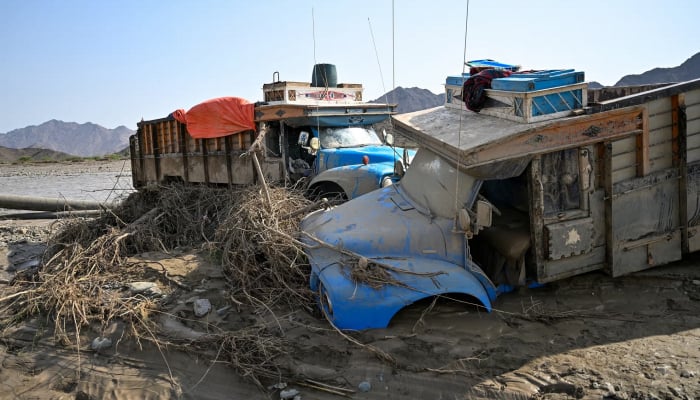

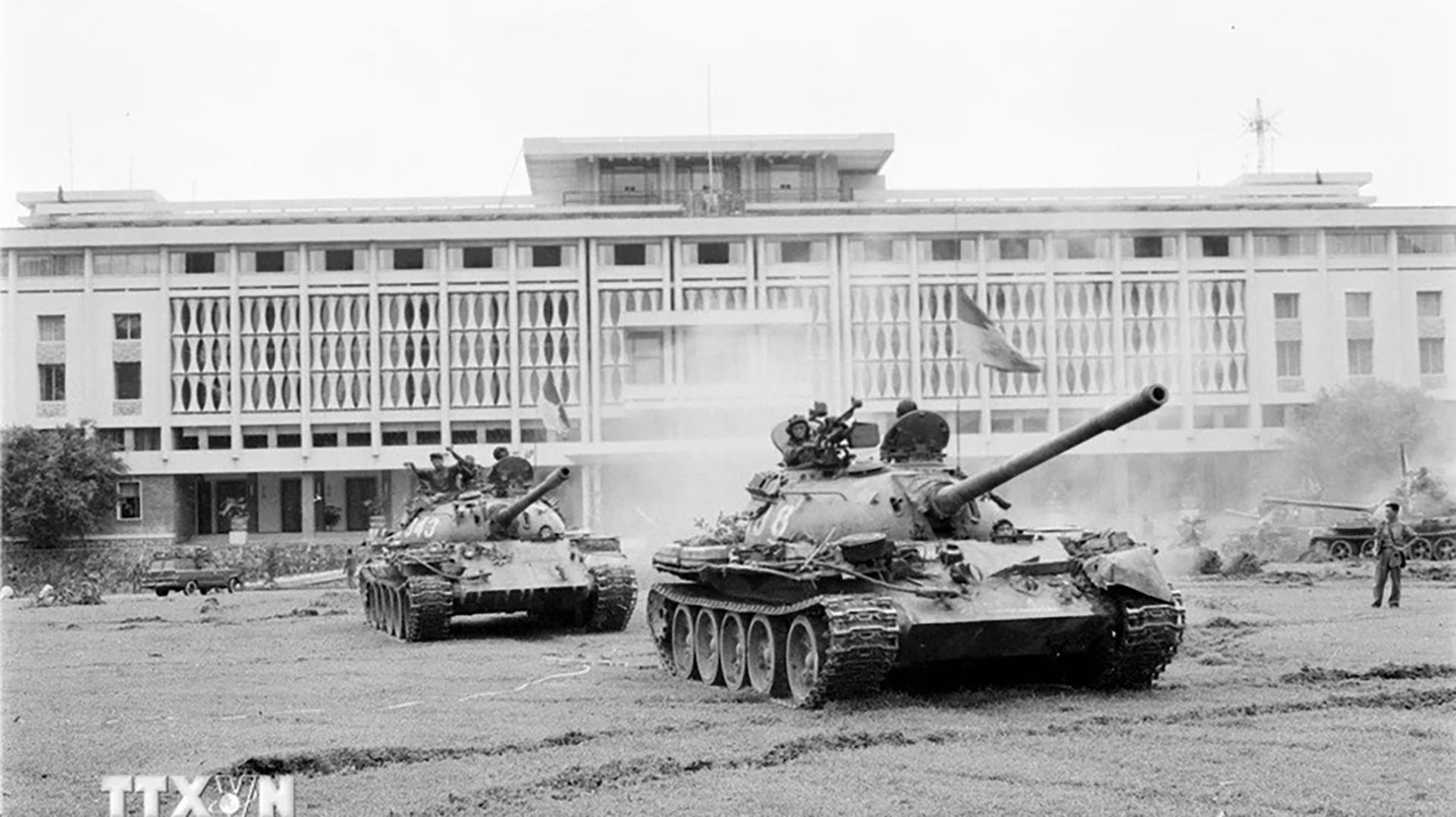
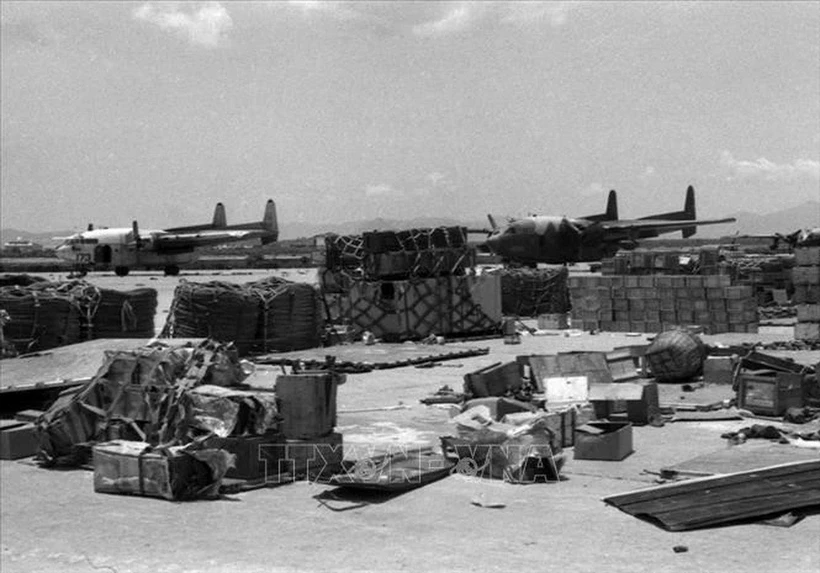









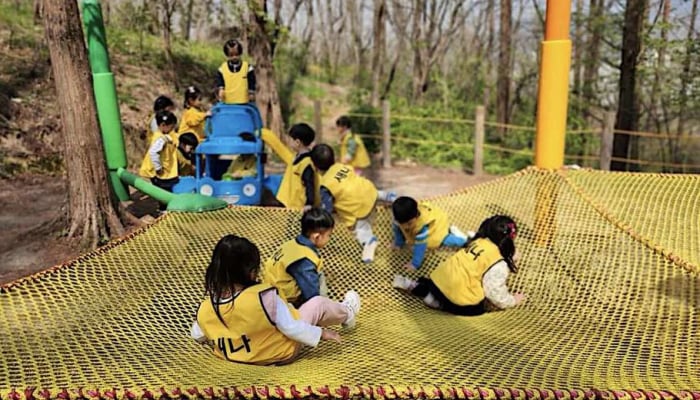

![[Photo] General Secretary To Lam receives Ethiopian Prime Minister Abiy Ahmed Ali](https://vstatic.vietnam.vn/vietnam/resource/IMAGE/2025/4/15/086fa862ad6d4c8ca337d57208555715)
![[Photo] National Assembly Chairman Tran Thanh Man attends the summary of the organization of the Conference of the Executive Committee of the Francophone Parliamentary Union](https://vstatic.vietnam.vn/vietnam/resource/IMAGE/2025/4/15/fe022fef73d0431ab6cfc1570af598ac)
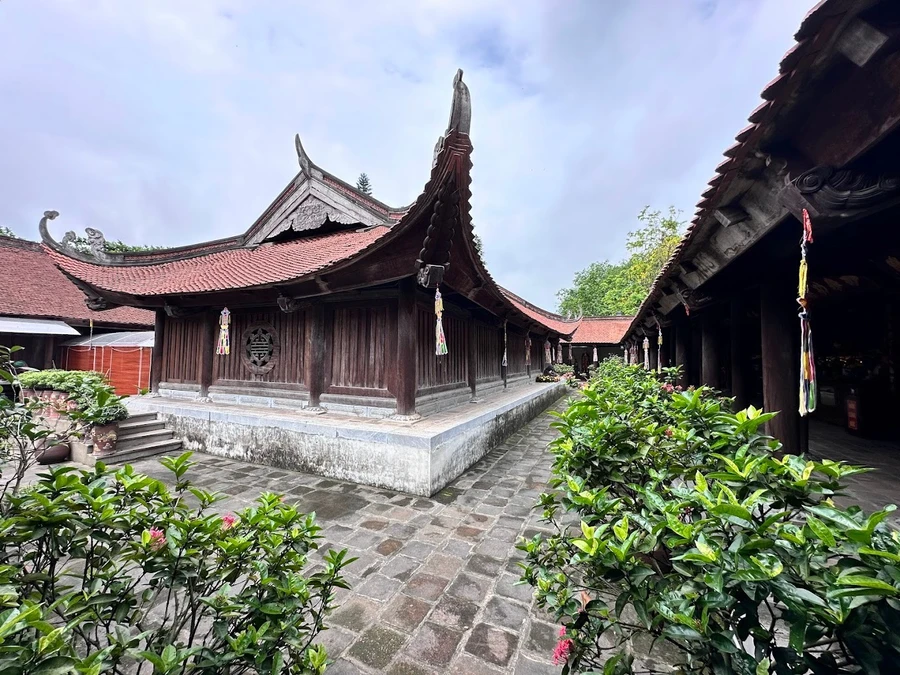



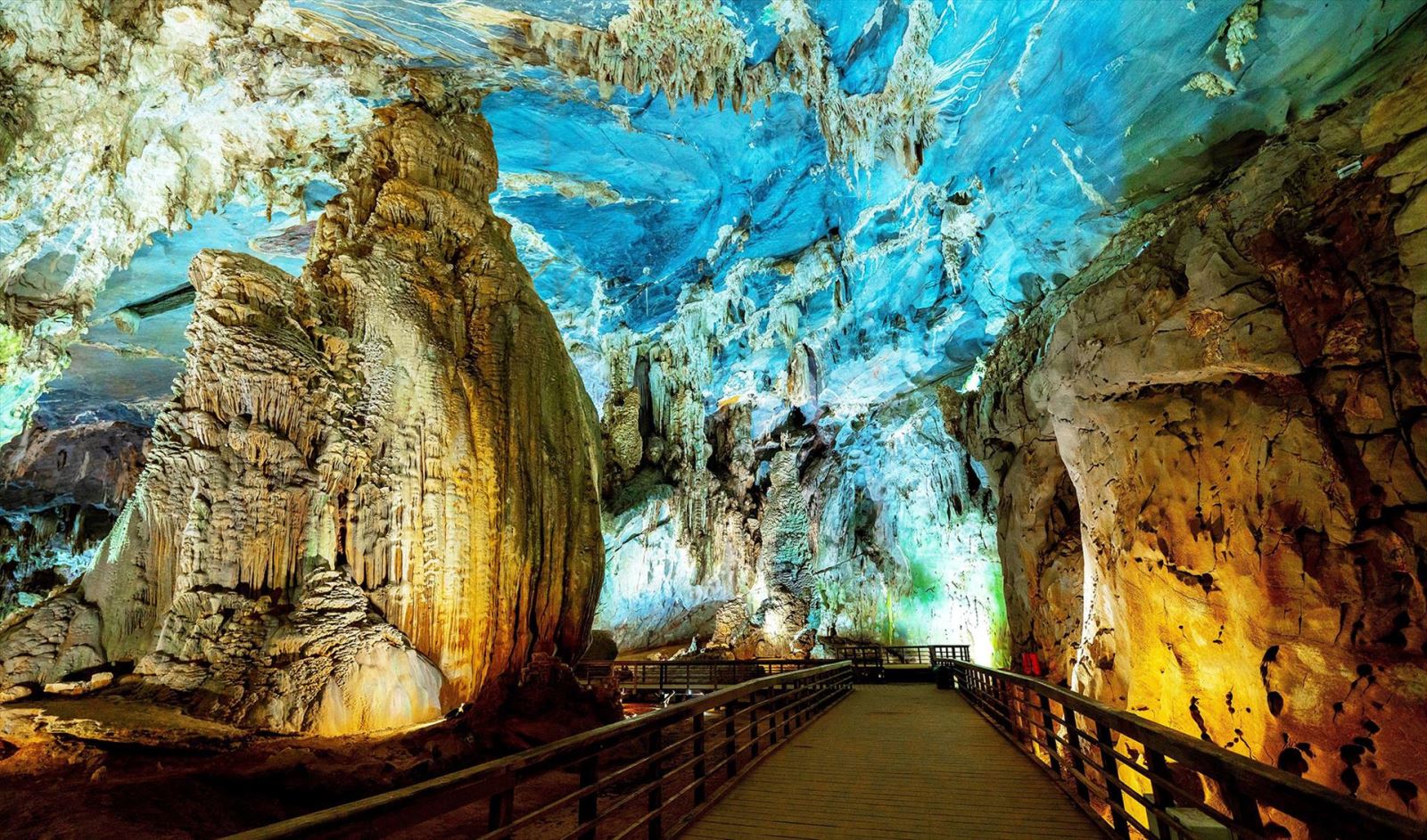

















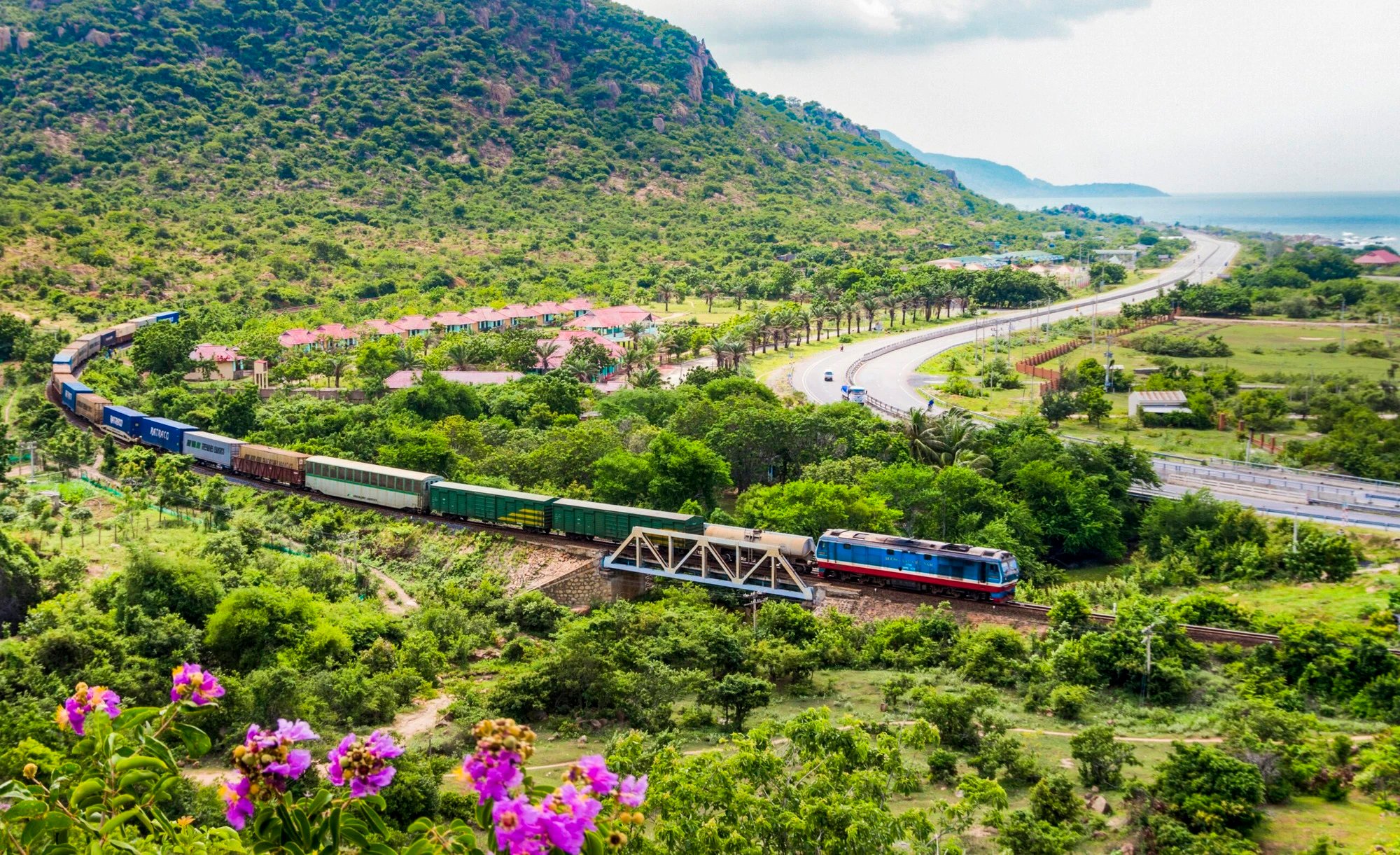

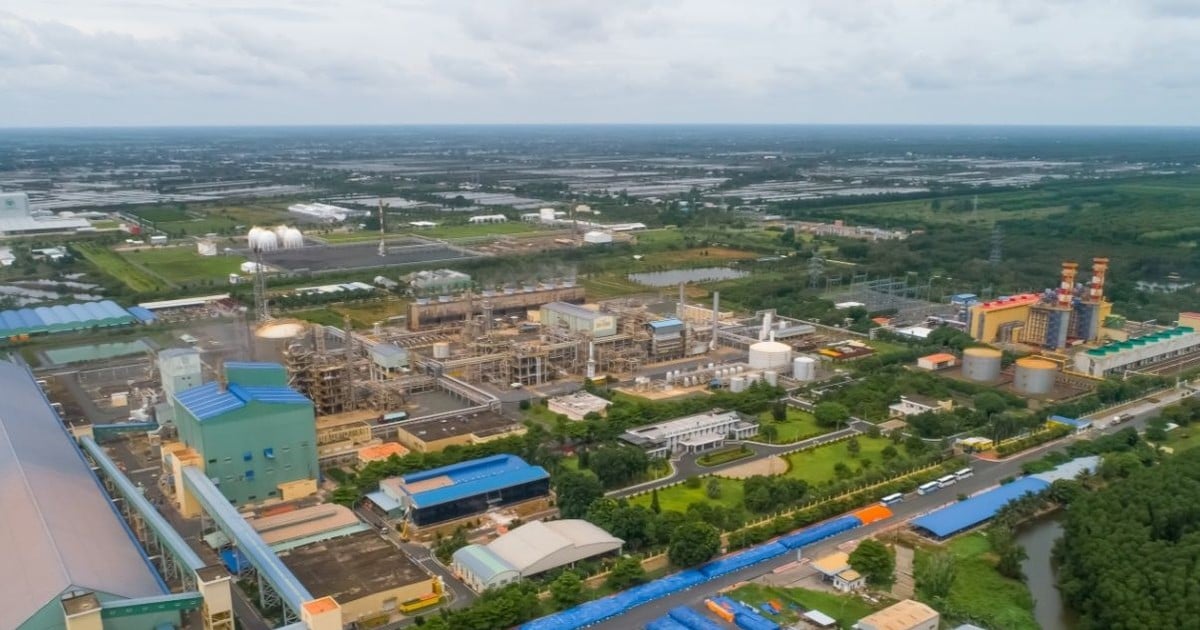






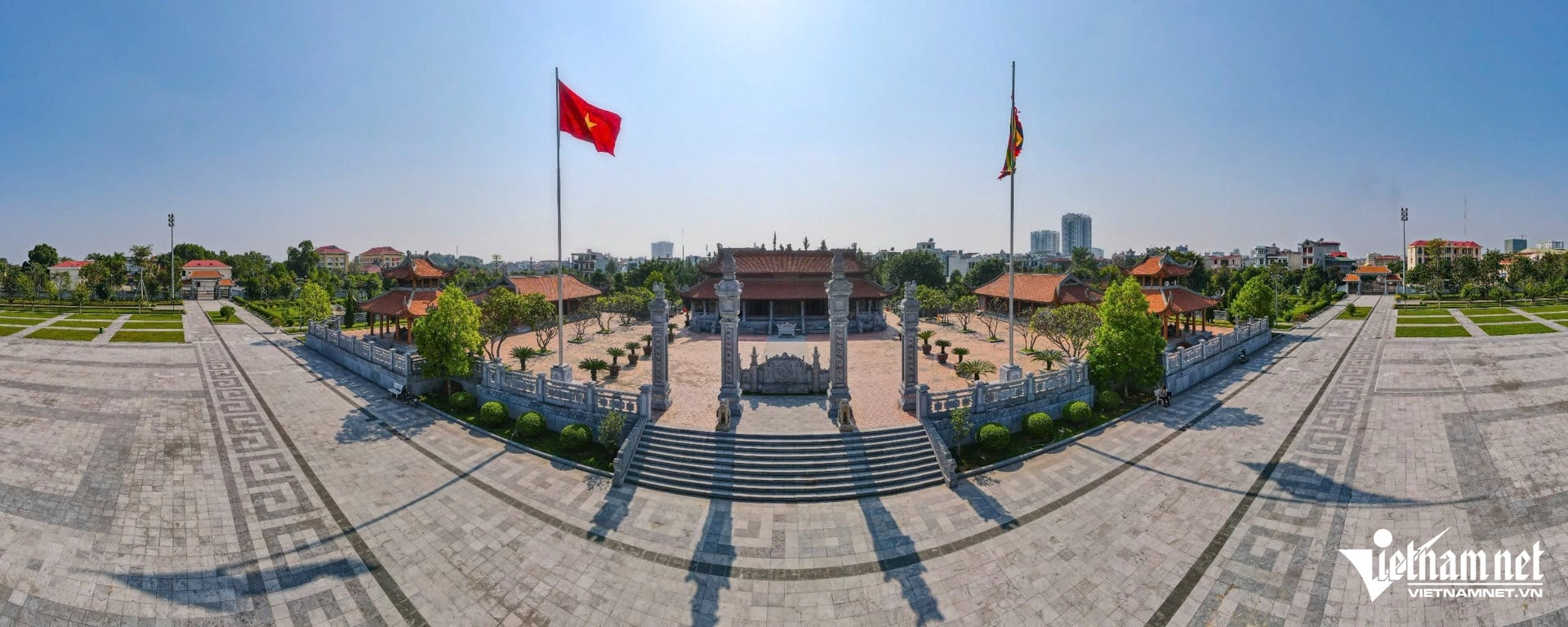





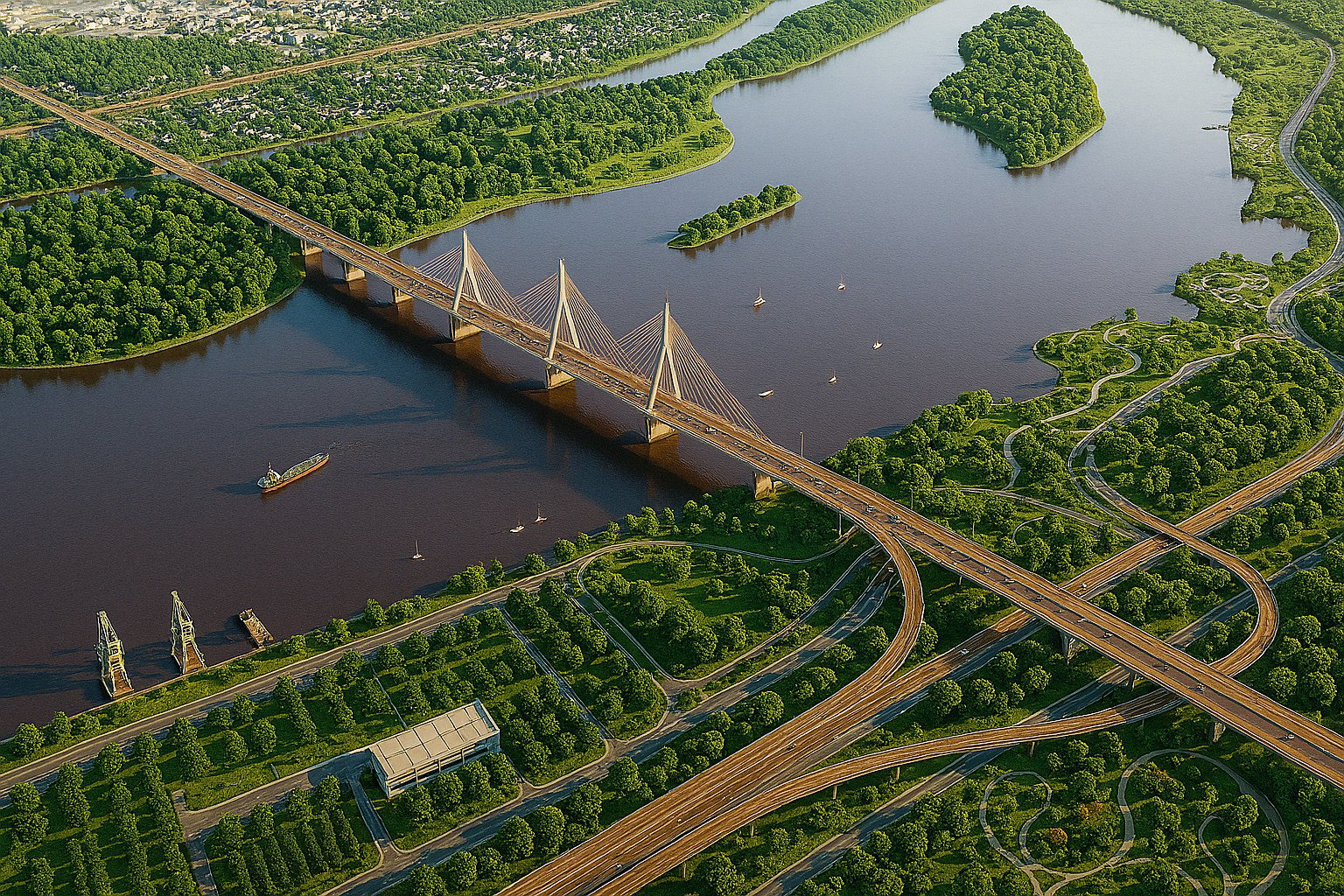





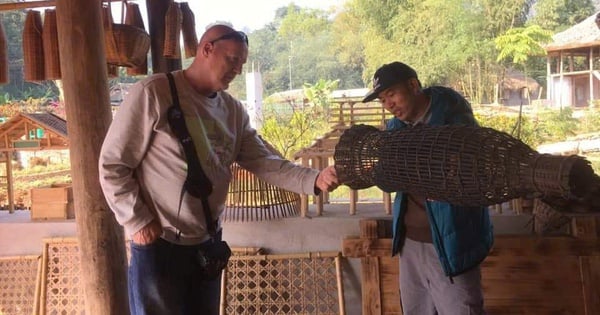







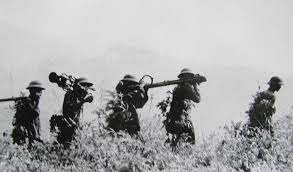



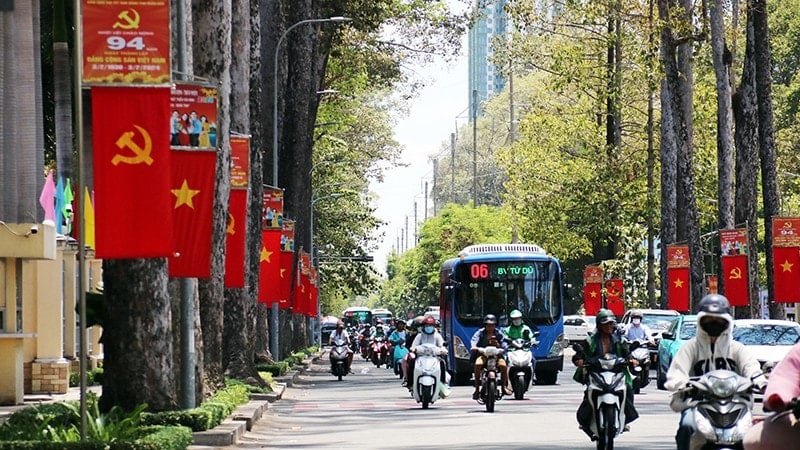


![[Photo] The capital of Binh Phuoc province enters the political season](https://vstatic.vietnam.vn/vietnam/resource/IMAGE/2025/4/16/c91c1540a5744f1a80970655929f4596)








Comment (0)